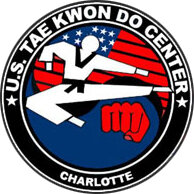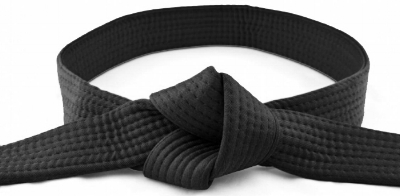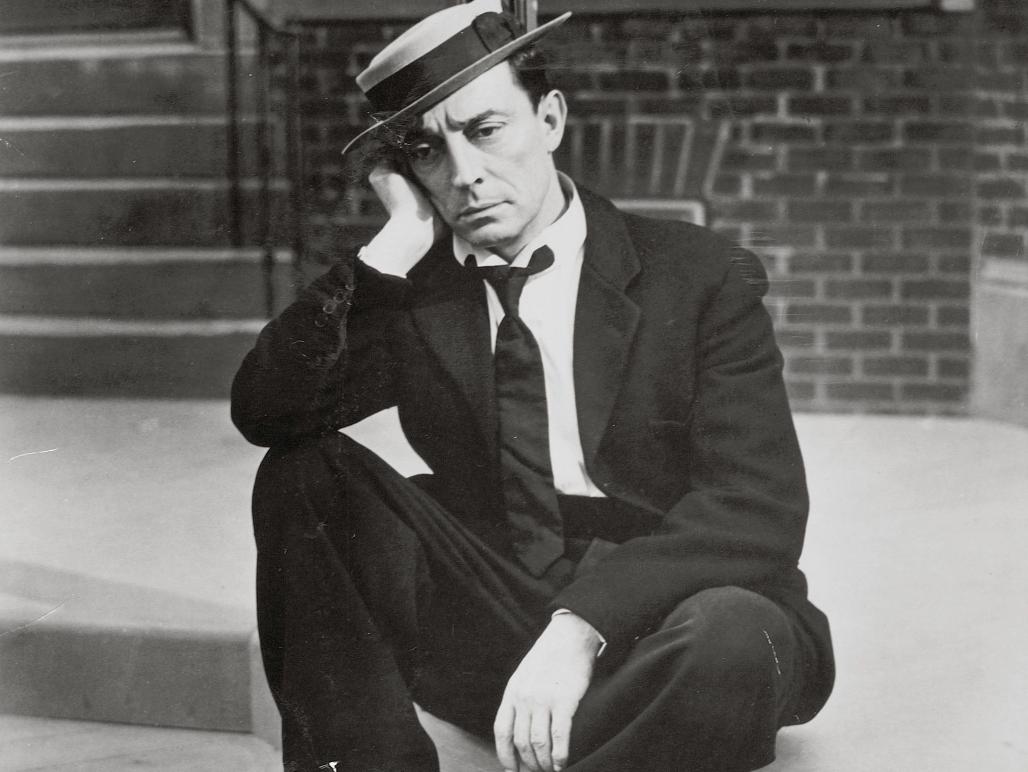Periodically, we are going to post a blog entry in order to help our students, parents and friends on life, ideas and of course, Taekwondo. We are a Taekwondo school and there are ideas present within Taekwondo that can benefit all of our lives.
Taekwondo is so many things to many different people. For some people Taekwondo is a sport, for some it is an afternoon activity, and for others it is a martial art way of life. So, is there a right way to view Taekwondo, or is Taekwondo all of these?
I think Taekwondo evolves in our life, just as we evolve. We may enroll our children in Taekwondo because the child needs a physical activity, which is exactly what I did with my son! He was 8 years old and he did not like any of the team sports, so I told him he was going to learn a martial art. Since we were within walking distance to a school, I enrolled him into that school. The funny thing is he loved it! And since I was waiting on him, I decided to take class as well. I figured it would be a good way to "do something I have always wanted to do" (I grew up watching David Carradine in "Kung Fu" in the early 1970s) and spend time with my son.
So, Taekwondo started out as just activity, but then we started listening to the ideals of Taekwondo found in the Tenets of Taekwondo: Courtesy, Integrity, Perseverance, Self Control and Indomitable Spirit. And then I started to try to live these tenets of Taekwondo, and I started expecting my son to live these tenets as well. And, as time went by, Taekwondo became a way of living. The respect we had in the Dojang we carried with us everywhere we went. When school was hard for my son, we remembered "perseverance"; when rude drivers had cut me off, I remembered "self control".
And, as time went on, Taekwondo became a sport as well. Of course the school we attended had "intra-school" tournaments which he participated in, but things changed when my son competed in the AAU forms competition. One year he won silver and one year he won gold. He practiced for a few hours a day for months leading up to the competition. And so in our lives (me as a parent) Taekwondo was now a sport. We traveled to different schools for competitions. My son competed and I cheered him on and celebrated his success. We became a Competition Taekwondo family!
But, as we practiced Taekwondo through many years, the art took on a new meaning. Taekwondo became a part of who we are, not just what we did. As I became a Master in Taekwondo and my son became a Master in Taekwondo, the art became like our blood-it was in us.
Like the Sam taeguek at the top of this entry, I think Taekwondo is all of these things at different times in our lives. And then even when we are not doing a poomsae (form) or a hand technique we are seeing life through Taekwondo.
Have a great day!
See you soon!
Master James Thamm















